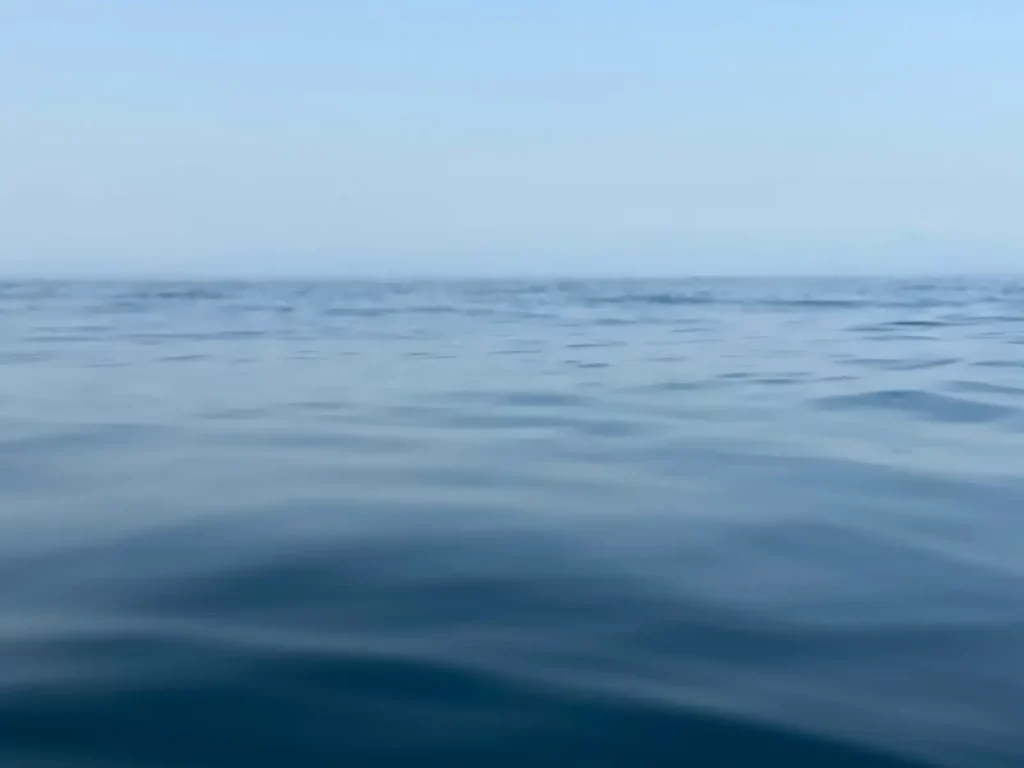Seeing What Others Don’t: Japan’s Blind Spot for Innovation
Japan is a country of contrasts—home to some of the world’s most advanced technology, yet deeply rooted in tradition. This tension creates a unique business landscape, where rigid corporate structures and risk-averse mindsets leave entire industries functionally invisible to the mainstream. And that’s exactly why Blue Ocean Strategy has the potential to thrive here—but only for those willing to break free from the mold of Japan Inc.
Most businesses in Japan don’t venture beyond predefined paths. The system rewards conformity over disruption, stability over risk, and efficiency over exploration. This is why entire industries remain untouched—not because there’s no demand, but because they are simply ignored into nonexistence. These markets are functionally invisible, waiting for those brave enough to operate outside of Japan Inc.’s playbook to step in.
The Cultural Barrier That Creates Blue Oceans
Japanese business culture rewards stability, hierarchy, and incremental improvement over disruption. This is the land of kaizen—a system that works wonders on existing products, but also means that many needs remain stuck on the periphery, never to be touched. Functional invisibility isn’t just about blind spots; it’s about a system that doesn’t even acknowledge certain possibilities.
In rigid industries, people aren’t just offered what’s available; they are told what their needs are. Anything that falls outside of that predetermined framework is considered bothersome or unrealistic. The providers dictate what people want, and consumers don’t question it. This creates a vicious cycle of unmet needs—a cycle that has been compounding for decades and is now reaching a fever pitch.
For those who can see beyond the system, this is an opportunity, not a limitation. Blue Ocean Strategy isn’t thriving in Japan yet—but it absolutely can. The country is at a turning point, and those willing to operate in these functionally invisible spaces will be the ones who shape its next business frontier.
Real Examples of Blue Ocean Strategy in Japan
Akiyaz: Rethinking Japan’s Vacant Property Crisis
Most real estate firms in Japan focus on urban development, ignoring the millions of vacant homes across the country. The prevailing assumption? These homes are worthless. But that’s only true if you think in traditional real estate terms.
Through Akiyaz, I’ve worked on positioning these properties as cultural assets, investment opportunities, and lifestyle destinations—not just empty buildings. By reframing the narrative, we’re unlocking a completely new market that the mainstream industry has ignored.
JP Vinyl: Bringing Japan’s Rare Records to Global Collectors
Japan has one of the most underrated vinyl markets in the world. While major labels focus on domestic sales, they largely ignore international demand. Japanese pressings are highly sought-after, but they remain functionally invisible to buyers outside Japan.
That’s where JP Vinyl comes in. By creating a direct-to-consumer model that caters to international collectors, JP Vinyl is unlocking demand that Japanese record shops haven’t tapped into.
KonMari: Turning Minimalism into a Global Phenomenon
Before Marie Kondo, minimalism in Japan was just a way of life, not a brand. Traditional companies saw tidying as a functional necessity, not a lifestyle movement. But by positioning decluttering as an emotional and transformative experience, KonMari created an entirely new market category, generating millions in book sales, consulting services, and global influence.
Why Not-Tokyo Is the Future
Tokyo is not “over,” but Tokyo will always do what Tokyo does—lurch forward at the command of Japan Inc. The machine moves, but only in the direction its architects allow. It’s not that Tokyo lacks opportunity; it’s that it lacks the ability to see or service Blue Ocean pursuits. This is why the real opportunities are emerging in what I call Not-Tokyo.
Not-Tokyo isn’t necessarily the deep countryside—it’s the liminal spaces on the edge of the megalopolis, the functionally invisible periphery where new ideas can thrive before the mainstream even notices them. Places where the system’s rigidity doesn’t reach as deeply. This is where the real future of Japanese business is being built.
How to Find a Blue Ocean in Japan
If you’re looking for business opportunities in Japan, the key is to identify what’s functionally invisible. Here’s how:
1. Look for industries where tradition blocks innovation
Examples: Real estate, retail, food, and hospitality
What to do: Identify what’s outdated and what consumers actually want.
2. Pay attention to what younger generations are doing
Examples: Alternative housing, second-hand fashion, digital nomadism
What to do: Find subcultures that big companies ignore and build around them.
3. Reposition an old concept with new framing
Examples: Japan has world-class craftsmanship, but many artisans struggle because they’re marketing their products only as traditional goods rather than luxury, sustainable, or modern lifestyle pieces.
What to do: Take something old and present it in a way that resonates with new audiences.
Why This Matters Now
I’ve spent years navigating Japan’s business blind spots, and if you’re looking to do the same, let’s talk. The best opportunities are the ones nobody else even realizes exist yet.

